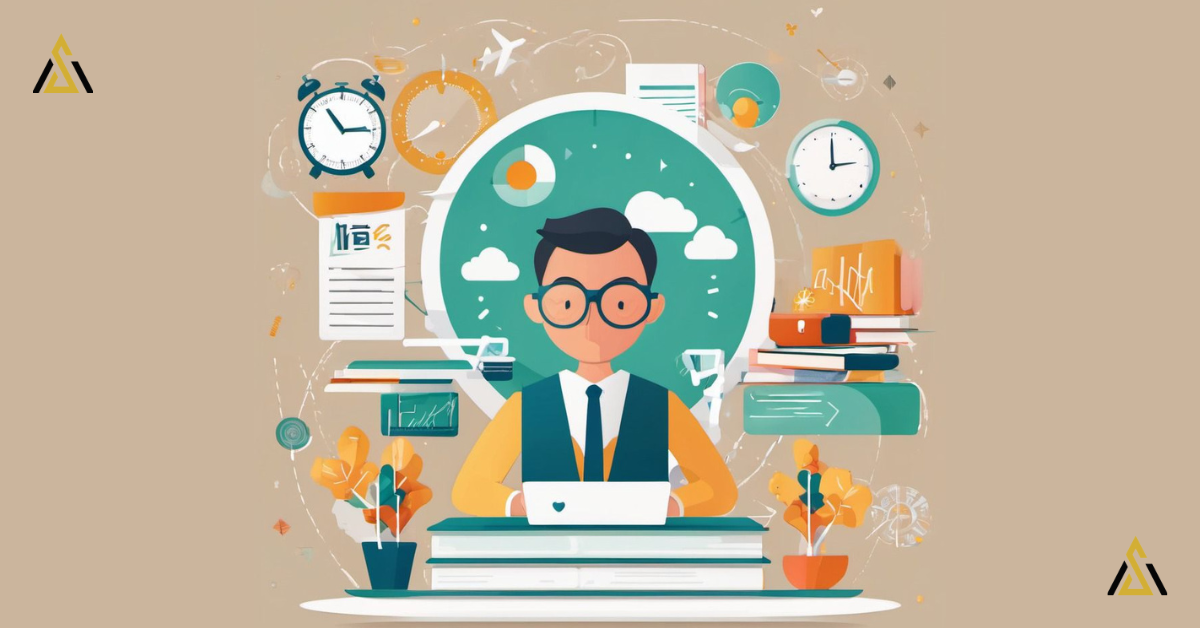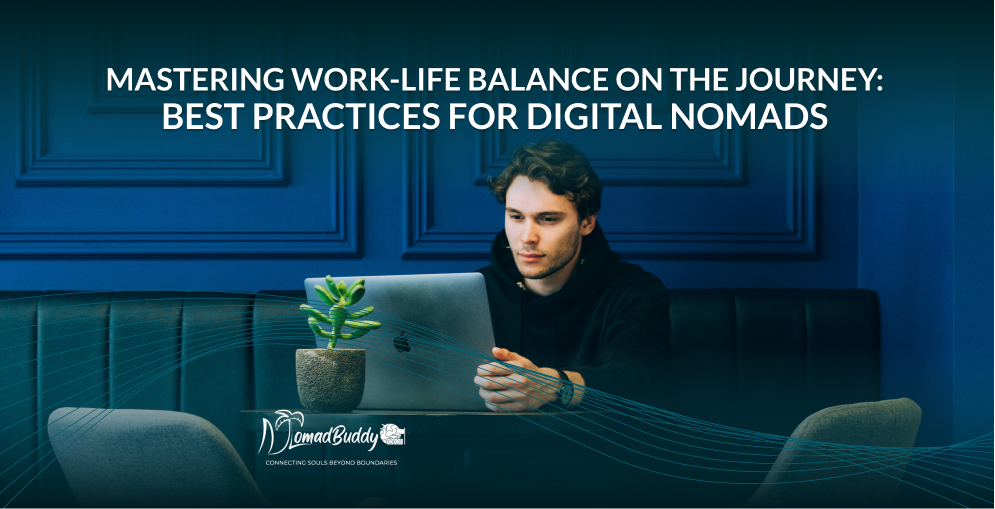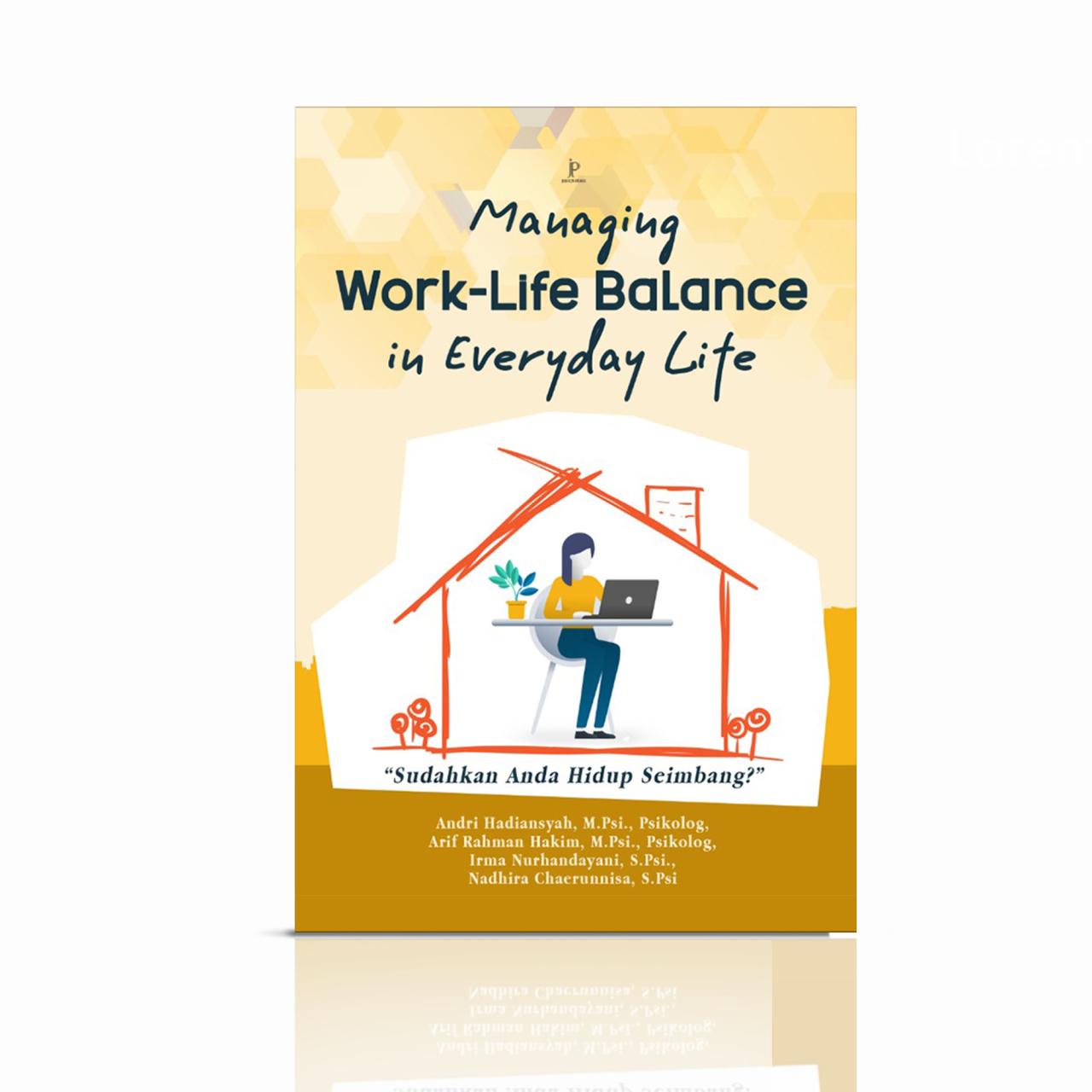Managing Work-Life Balance in a Fully Digital World: Strategies and Challenges

Embarking on the journey of managing work-life balance in a fully digital world unveils a myriad of complexities and opportunities. As the digital landscape continues to evolve, the lines between professional responsibilities and personal life become increasingly blurred. Let's delve into the intricacies of navigating this dynamic environment with finesse and efficiency.
Exploring the nuances of time management, boundary setting, and technological integration, this topic promises a rich tapestry of insights and solutions for achieving harmony in the digital age.
Table of Contents
ToggleChallenges of Work-Life Balance in a Digital Environment
In today's fully digital world, the boundaries between work and personal life have become increasingly blurred. With the constant connectivity that technology provides, individuals find it challenging to separate their professional responsibilities from their personal time. This phenomenon has significant implications for work-life balance and overall well-being.
Impact of Constant Connectivity
The impact of constant connectivity on work-life balance cannot be understated. With smartphones, laptops, and other devices keeping us connected at all times, it becomes difficult to switch off from work even during non-working hours. This continuous access to work emails, messages, and notifications can lead to burnout, stress, and a feeling of being constantly "on call."
Challenges of Time Management
In a digitally intertwined world, managing time effectively between work and personal life poses a major challenge. The flexibility of remote work can sometimes blur the boundaries between work hours and personal time, making it hard to establish a clear separation.
This lack of distinction can result in longer working hours, decreased productivity, and difficulties in maintaining a healthy work-life balance.
Strategies for Maintaining Work-Life Balance
Maintaining work-life balance in a fully digital world can be challenging, but there are effective strategies that can help individuals achieve harmony between their professional and personal lives.
Setting Boundaries
One of the key techniques for maintaining work-life balance is setting clear boundaries between work and personal life. It is essential to establish designated work hours and stick to them, avoiding the temptation to constantly check emails or messages outside of these hours.
Additionally, creating a separate workspace at home can help delineate between work and leisure time, allowing for better focus during work hours and relaxation during personal time.
Time Management Tools
Utilizing time management tools and techniques is crucial for enhancing work-life balance. Tools such as calendar apps, task management software, and productivity apps can help individuals prioritize tasks, set deadlines, and allocate time for both work and personal activities.
By effectively managing time and tasks, individuals can create a more structured schedule that allows for a better balance between work responsibilities and personal well-being.
Prioritizing Tasks
Learning to prioritize tasks is essential for creating a healthy work-life balance in a digital environment. It is important to identify high-priority tasks that require immediate attention and allocate time accordingly.
By focusing on completing important tasks first, individuals can prevent work from spilling over into personal time and ensure that they have dedicated periods for relaxation, hobbies, and spending time with loved ones.
Utilizing Technology for Work-Life Balance

In today's digital world, technology plays a crucial role in helping individuals manage their work-life balance effectively. By leveraging various digital tools, professionals can enhance their efficiency, reduce stress, and create a more harmonious blend between work and personal life.
Impact of Productivity Apps
Productivity apps have revolutionized the way we organize our tasks and manage our time. These apps enable us to create to-do lists, set reminders, and prioritize our work effectively. By utilizing productivity apps, individuals can streamline their work processes, stay on top of deadlines, and ensure that work tasks do not spill over into personal time.
Importance of Calendars
Calendars are essential tools for scheduling work commitments, personal appointments, and leisure activities. Digital calendars allow users to block out specific time slots for work and personal tasks, helping them maintain a structured routine. By utilizing calendars effectively, individuals can avoid overbooking themselves, allocate time for relaxation, and ensure a healthy work-life balance.
Role of Communication Platforms
Communication platforms such as Slack, Microsoft Teams, and Zoom facilitate seamless collaboration and communication among remote teams. These tools enable professionals to stay connected with colleagues, share updates, and hold virtual meetings efficiently. By leveraging communication platforms, individuals can maintain work relationships, address work-related queries promptly, and avoid feeling isolated while working remotely.
Maintaining Mental Health in a Digital Work Environment

In a fully digital work environment, it is crucial to prioritize mental health awareness and well-being due to the increased exposure to digital devices and constant connectivity.
Combatting Burnout and Stress
- Set boundaries: Establish clear boundaries between work and personal time to avoid burnout. Designate specific work hours and stick to them.
- Take regular breaks: Schedule short breaks throughout the day to rest your mind and prevent mental fatigue.
- Avoid multitasking: Focus on one task at a time to reduce stress and improve concentration.
Incorporating Mindfulness Practices
- Practice mindfulness: Engage in mindfulness meditation or deep breathing exercises to center yourself and reduce stress levels.
- Stay present: Focus on the present moment and avoid rumination on past events or worries about the future.
Implementing Self-Care Routines
- Prioritize self-care: Make time for activities that bring you joy and relaxation, such as exercise, hobbies, or spending time with loved ones.
- Get enough sleep: Ensure you get adequate rest each night to recharge your mind and body for the next day.
- Seek support: Don't hesitate to reach out to friends, family, or a mental health professional if you're feeling overwhelmed or struggling with your mental health.
Wrap-Up

In conclusion, mastering the art of balancing work and personal life in a fully digital world requires a delicate blend of discipline, innovation, and self-awareness. By implementing the strategies and tools discussed, individuals can forge a path towards sustainable well-being and productivity amidst the digital whirlwind.
Question & Answer Hub
How can I effectively set boundaries between work and personal life in a digital environment?
Setting designated work hours, creating physical separation between workspaces, and establishing clear communication norms with colleagues can aid in delineating boundaries.
What are some practical tips for prioritizing tasks in a fully digital world?
Utilizing task management apps, practicing time blocking, and focusing on high-impact activities can enhance task prioritization in a digital setting.
How can mindfulness practices contribute to maintaining mental well-being in a digital work environment?
Engaging in meditation, deep breathing exercises, and taking regular breaks to foster mindfulness can mitigate stress and promote mental health amidst digital demands.
Featured Posts
- How AI is shaping the future of digital lifestyle: A Comprehensive Guide
- Top cloud tools for digital life management: A Comprehensive Guide
- How Gen Z is redefining digital lifestyle trends
- Privacy tips for protecting your digital footprint: Safeguarding Your Online Presence
- Digital detox: Why your digilife needs a break
Tags
cloud tools (1) Cybersecurity (2) CyberThreats (1) DataProtection (1) Digital detox (1) Digital Footprint (1) digital lifestyle (4) Digital Organization (2) DigitalSecurity (1) e-commerce (1) future tech (1) Future Technology (1) Gadgets (1) Gen Z (1) Home Automation (1) IoT Integration (1) modern technology (1) OnlinePrivacy (1) Online Privacy (1) Privacy (2) productivity (1) project management (1) Smart Homes (1) social media (1) task management (1) Tech (1) technology (2) trends (1) wearable devices (1) Wearable technology (2)
Categories
- Cybersecurity (1)
- Digital Lifestyle (1)
- Digital Trends (1)
- Digital Work-Life Balance (1)
- General (15)
- Health (2)
- Home Improvement (1)
- Home Office Design (1)
- Online Privacy (1)
- ProductivityTips (1)
- Tech Tools (1)
- Technology (4)

